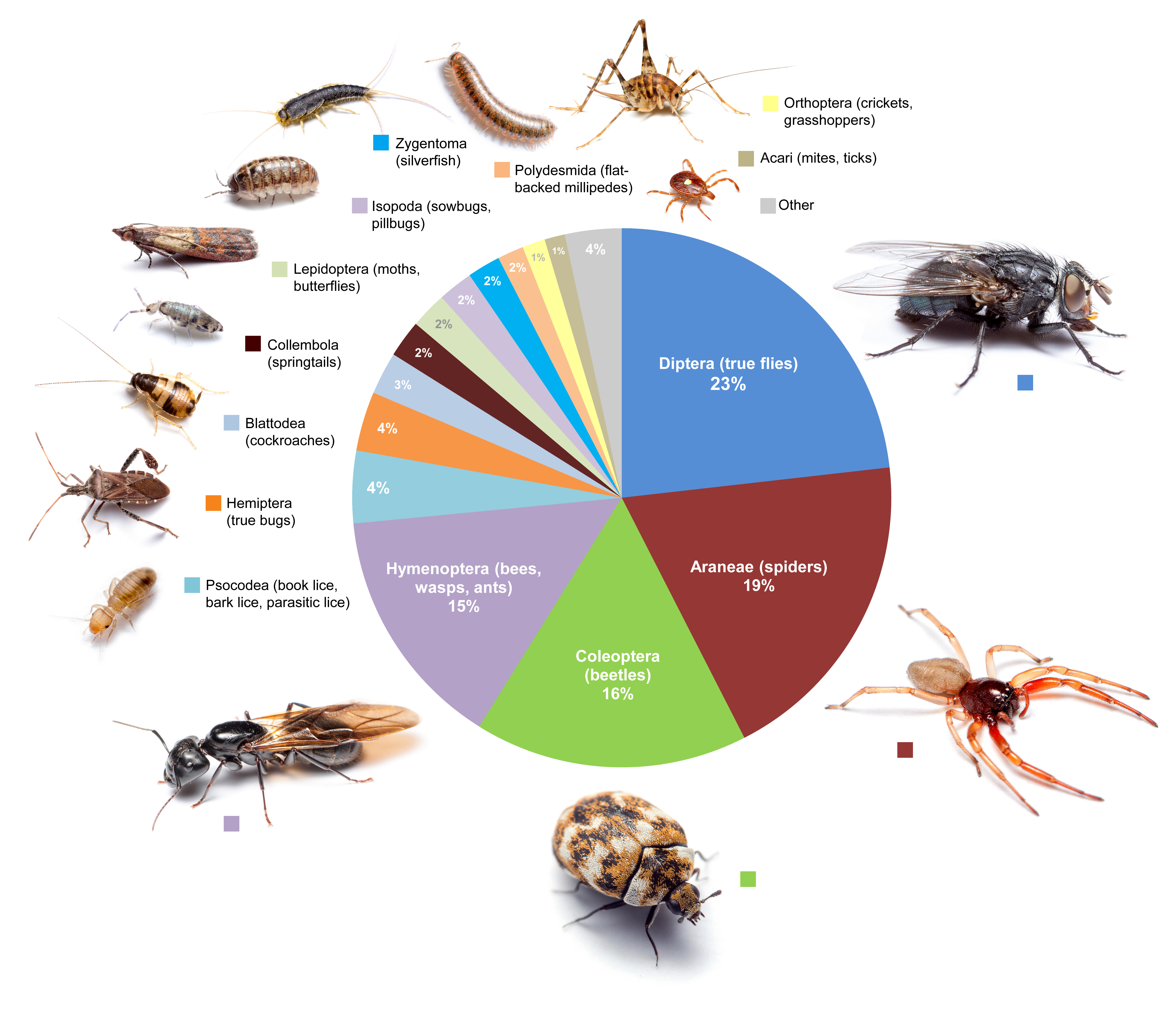Hi there bug lovers! On today's show Mike and Jonathan are talking all about the infamous brown recluse! While this eight-legged animal may inspire fear in the heart of many, perhaps it is just misunderstood? Tune in to learn about where the brown recluse lives, what may actually be responsible for those gross pictures you see online, and how to identify if you have a brown recluse or not!
 |
| Helpful size comparison of brown recluse to an American quarter (Jim Kalisch; UNL Entomology) |
Here are our show notes with some helpful quotations pulled by Mike:
"2,055 brown recluse spiders...were collected...in a
home in Lenexa, KS. Additional collections from more typically infested homes
in Missouri and Oklahoma in 2001 yielded 45 and 30 brown recluse spiders,
respectively. Despite these infestations, no envenomations of the inhabitants
of these three homes occurred. Considering the levels of infestations with no
bites in the homes presented here, nonendemic areas in the United States, which
typically lack recluse spider populations and have had zero to few verified
specimens of the spider, do not have sufficient numbers of brown recluse
spiders to make envenomation a likely scenario."
"Brown recluse spiders are not found in Canada. Hobo
spiders have not been reliably implicated in dermonecrosis. Worldwide,
spider-bite envenomation is an unlikely cause of dermonecrosis."
"In total, 1,773 arachnids [were submitted] from 49
states. Participants from states at least half within the known brown recluse
distribution submitted Loxosceles spiders 32–89% of the time. From 25 of
29 states completely or almost completely outside of the range of Loxosceles
spiders, no recluse spiders were submitted."
"The diagnosis of brown recluse spider bite is overused
for dermonecrotic wounds of uncertain etiology"
"The medical community from non-endemic Loxosceles
areas often makes loxoscelism diagnoses solely on the basis of dermonecrotic
lesions where Loxosceles spiders are rare or non-existent."
"Among both physicians and the general public, the
perceived threat of spider bites far exceeds the actual risk. The misdiagnosis
of spider bites is given to a wide spectrum of dermatologic conditions, some of
which are far more dangerous than a spider bite."
http://www.nejm.org/doi/full/10.1056/nejmra041184
 |
| The six eyes that help to ID a brown recluse (Jim Kalisch; UNL Entomology) |
Questions? Comments?
Subscribe to our feed on Feedburner!
We're on Stitcher too!
This episode is freely available on archive.org and is licensed under Creative Commons: By Attribution 3.0. http://creativecommons.org/licenses/by/3.0/
Beginning/ending theme: "There It Is" by Kevin MacLeod (incompetech.com) Licensed under Creative Commons: By Attribution 3.0





















